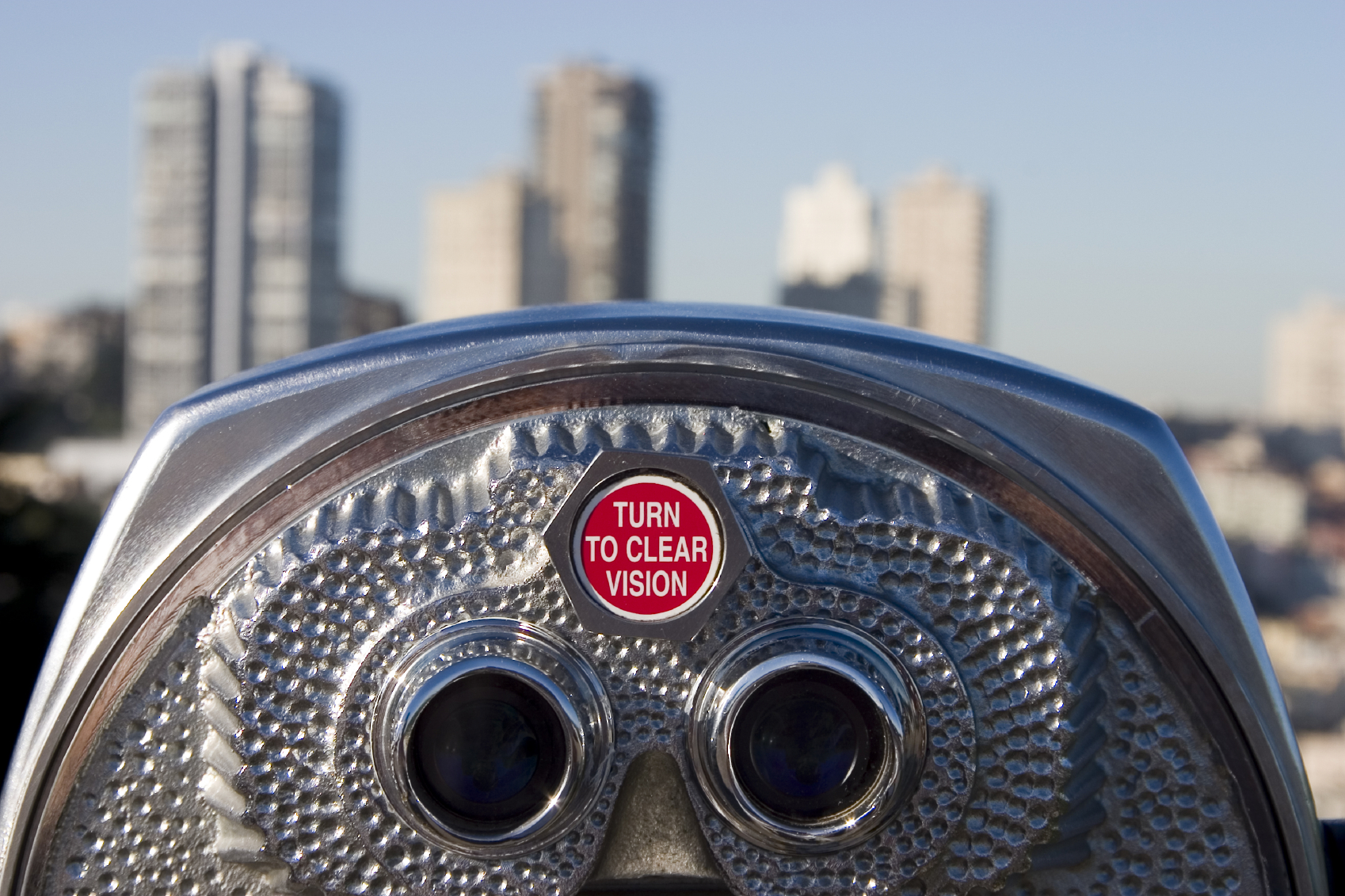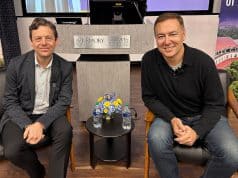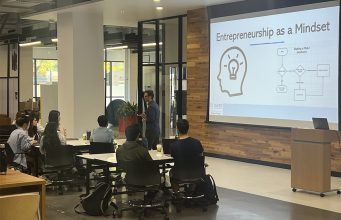“If I continue to believe as I have always believed, I will continue to think as I have always thought. If I continue to think as I have always thought, I will continue to act as I have always acted. If I continue to act as I have always acted, I will continue to get what I have always gotten.” – Unknown
Powerful words that equate to a simple formula:
Beliefs drive thoughts. Thoughts drive actions. Actions drive results.
A couple of weeks ago, I had the opportunity to lay out a future vision for the Goizueta Business School.
The vision was not concocted in my own head, but was born from scores of conversations, small group meetings, focus groups, and faculty/staff retreats where I simply asked the question:
“What results do you want to create for our school?”
It’s not an easy question for any organization to wrestle with, but it is perhaps the most important one a leader can ask. If we do not have a vision for the future then, frankly, we have no future.
This stark reality plays out in one of two ways.
On the one hand, organizational apathy can set in and employees and stakeholders develop a blasé attitude about the school and have little emotional investment in it. In this case, few people are motivated to achieve any results, much less desirable ones.
On the other hand, you may end up with a set of energized renegades who work enthusiastically toward their personal end goals. In this case there is nothing to unify what could be very good work. Ultimately their efforts are more self-serving than organizationally enhancing. Energy becomes diffused rather than channeled in a common direction for the benefit of the school or organization.
For many leaders, the purpose of a vision is to inspire stakeholders toward a common (and better) future self. Getting them involved in the creation of that vision is an all-important first step.
It’s worth the time to bring people together for candid conversations about the future and to truly understand what matters to them and, as important, to understand fears about the future that makes the status quo so compelling. During this process, the leader has to be prepared for difficult conversations, disagreements, and skepticism as he or she drives toward identifying the golden nuggets that resonates with a critical mass of people.
Finally, the leader must provide feedback to stakeholders as to what he or she heard.
In my case, I used a community-wide town hall to communicate a vision of our school. The key points in that vision surfaced from the myriad of conversations I had with stakeholders in the weeks leading up to the town hall. By the time I reached the point of delivering this message nothing I said should have been a surprise. The twist, however, was in the framing of the message and a call-to-action, because, after all, we cannot achieve new results if we are unwilling to change our actions.
Change is never easy. In the physical world, Newton’s First Law of Motion reminds us an object at rest will remain at rest and an object in motion will stay in motion at the same speed and in the same direction until acted upon by an external force. The corollary in organizations is people and process will remain in a state of status quo until acted upon by a threat or opportunity.
An inspiring future vision and a call to action by a new leader can be a motivator for change. In other words, a compelling vision that is communicated well can propel an organization from a state of complacency to action. Or it can change the speed and direction of the organization’s current activity.
The good news is that change is within our control. We have levers we can pull to create a culture that ultimately drives success.
First, take stock of the environment and find ways to work in concert with it as opposed to in opposition to it. At Goizueta, we’re fortunate to be a part of a world-class research university and to be located in a dynamic city chock full of international and Fortune 500 firms. We can — and should — leverage this environment in meaningful and mutually-rewarding ways.
Second, we have a leadership legacy in Mr. Roberto Goizueta (our namesake) that instills integrity and values that withstand the test of time. We must operate consistent with those principles and, through our programming, strive to instill integrity in our students.
Third, we can create systems and processes that reinforce our desired results. Who we chose to bring in to the school, how we develop and reward them, and how we use technology to enables our strategic objectives are just a few examples of design choices that drive success.
When all three levers (environment, leadership and systems/processes) are aligned, we create a culture that fosters positive change and produces results.
I understand all too well calls to actions from leaders are often interpreted as more work added to people and departments who are already at (or over) capacity. But what a clearly-articulated vision can also do for the organization is provide a guidepost for what people and departments can stop doing because it no longer adds value aligned with the organization’s new direction.
A vision and corresponding call to action allows people the freedom to say no. They allow people the opportunity to focus efforts in concentrated ways which is how we work smarter, not harder.
I am humbled by the talent I am surrounded by in my colleagues at Goizueta and I am excited to work alongside them toward our future better self!
I hope your company can find the same success.











